




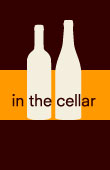


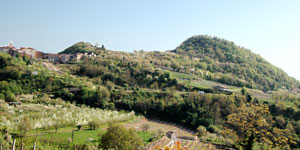
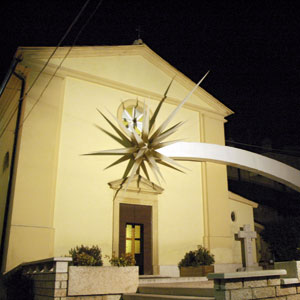
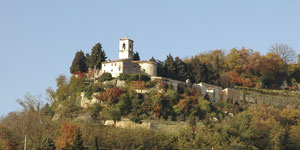
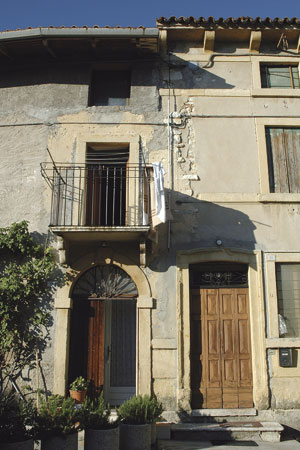
In the village
The village of San Rocco was once called "Minerva" or "Holy Minerva" because it was near a church dedicated to Our Lady, the Virgin Mary but is commonly indicated as Santa Minerva, having been built not far from the place where in Roman times there was a temple dedicated to Minerva.
San Rocco is located at the foot of Mount Castelon, located in a strategic position to observe the whole valley of Marano, which was inhabited since prehistoric times. As evidence shows, finds during excavations were brought to light and parts of a structure of a Roman temple were discovered. The mountain is called “Castelon” because at the summit arose the Castle of Marano, built in the 10th century and destroyed in 1325 by Cangrande della Scala, which was a revenge of conspiracy against his cousin Federico, at that time Lord of Marano.
The town of San Rocco was now starting to become indicated on the maps with this name after the construction of a chapel which was dedicated to this Saint built between the 15th and 16th century, even though it was well known throughout the Veronese cult. In the previous period there was little information because, as it happened in the hilly region of Valpolicella it was ruled by different arisen commencing with separate Courts, which, enlarging, they became entwined. At the end of the 17th century the population would have formed the towns of San Rocco, Pezza and Purano, all of which three are situated at the foot of the mountain. In Castelon, people lived on the summit of this height because is was considered the safest place to live.
Primitive groups of San Rocco seems to be arose around the actual "via del Convento", situated in a strategic position than around it which in turn fused with other groups, arose in the sixteenth century to the left of the road, around the nineteenth century. The oldest buildings date from the seventeenth and eighteenth century and are made with materials from tufa quarries and marble lastame nearby village but also elements of recovery from Castelon and perhaps even the ruins of the temple of Minerva. In 1951 the church became a parish church of San Rocco, and it was decided to rebuild. During the same period was built the town square and was built a row of houses along the main road. After the difficult period of post-war, with the crisis of traditional agriculture and the consequent emigration of many villagers, nowadays San Rocco regained his balance, counting a population similar to that of 60 years ago and also showing cultural vitality: in nineteenth-century Villa Luigia, became for a period an elementary school, today there is Marano’s Pro site.
Text drawn from Pierpaolo Brugnoli, The village of San Rocco Marano, Marano di Valpolicella Ass.ne Pro Loco, Marano Valpolicella, 2008.